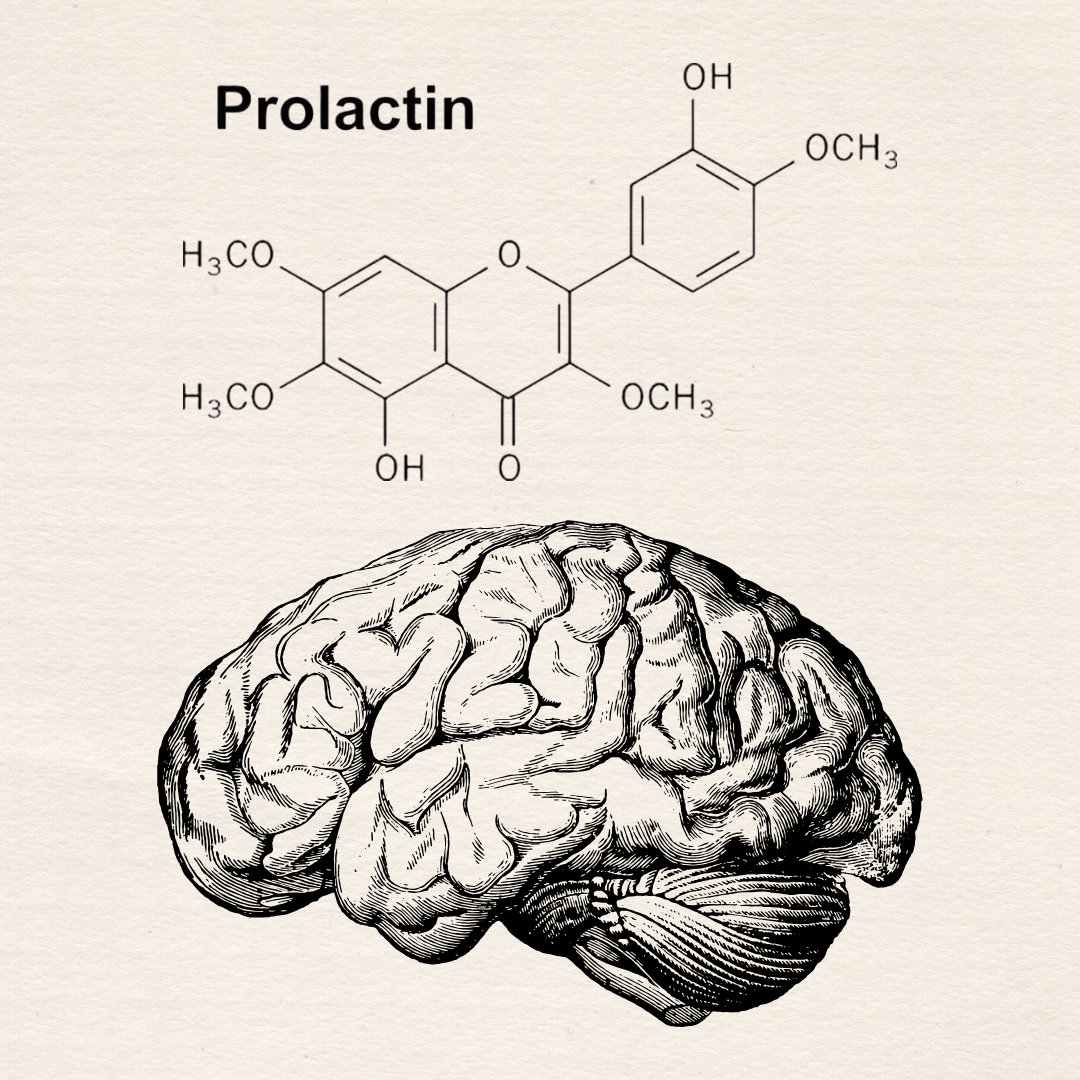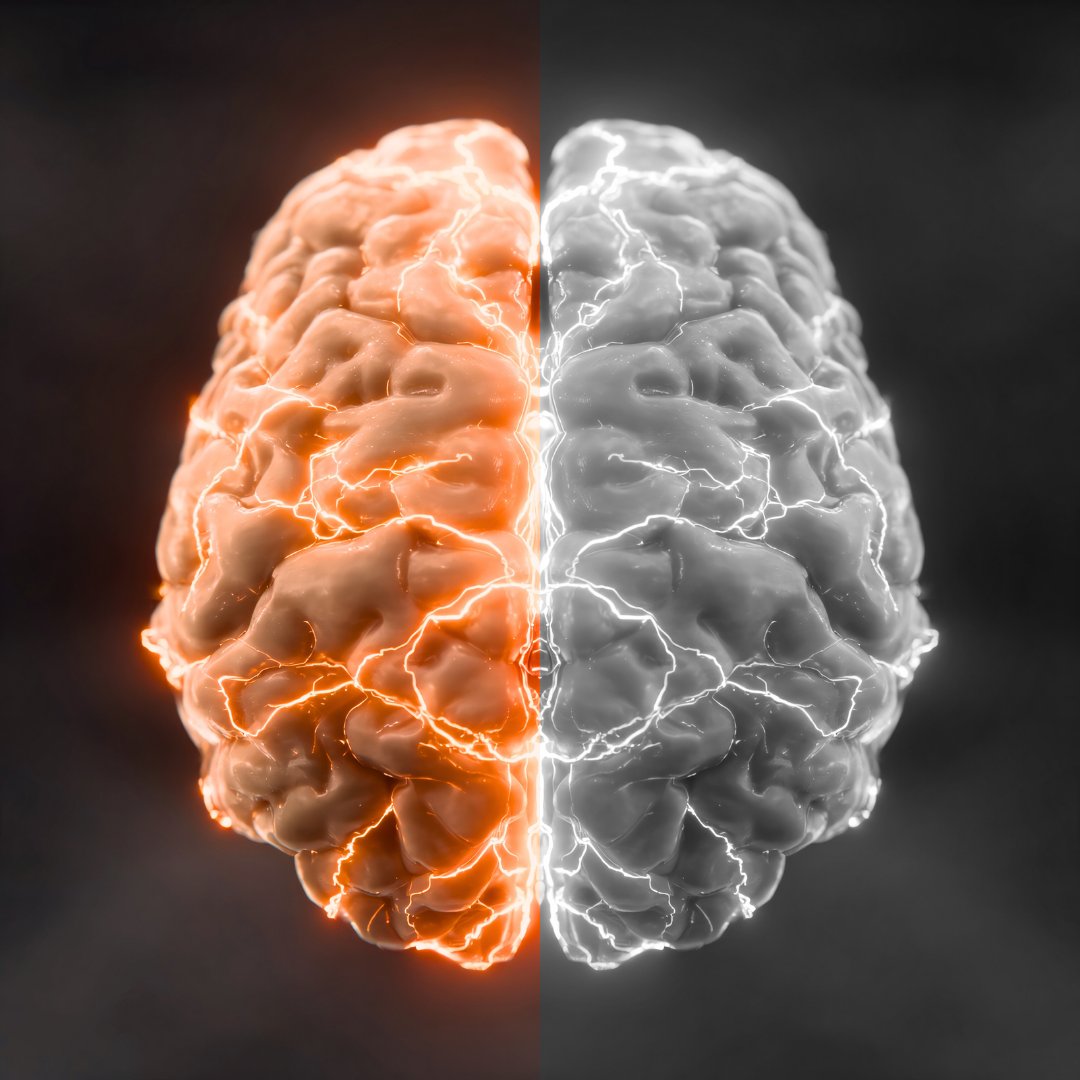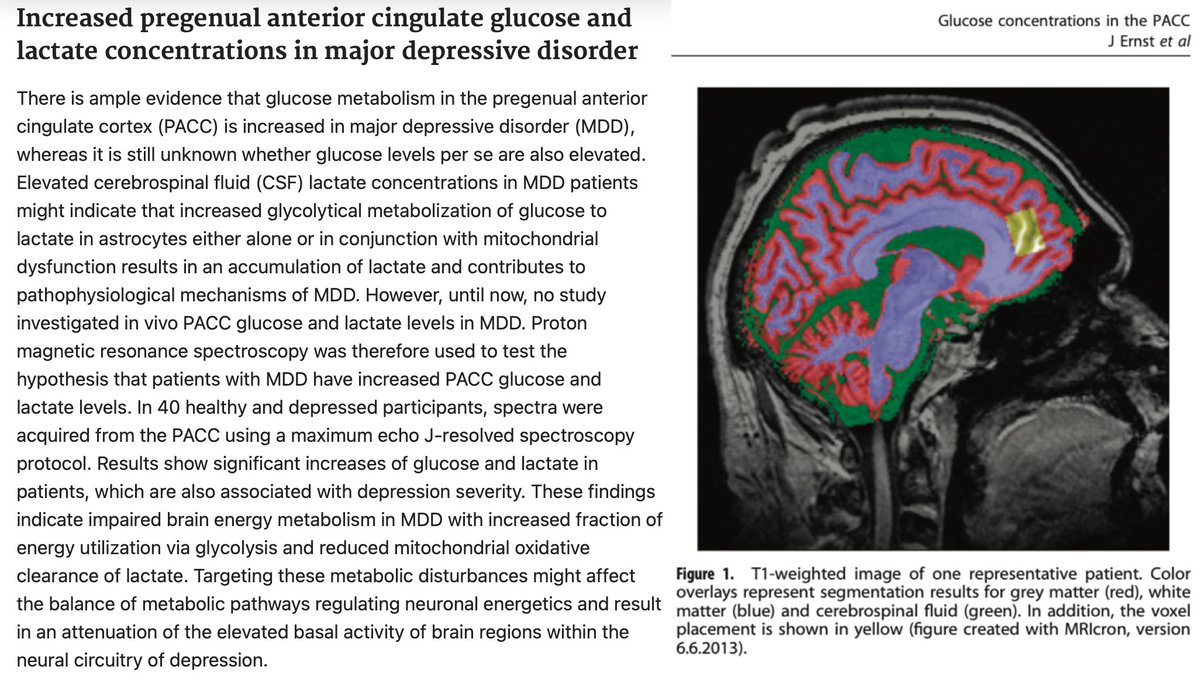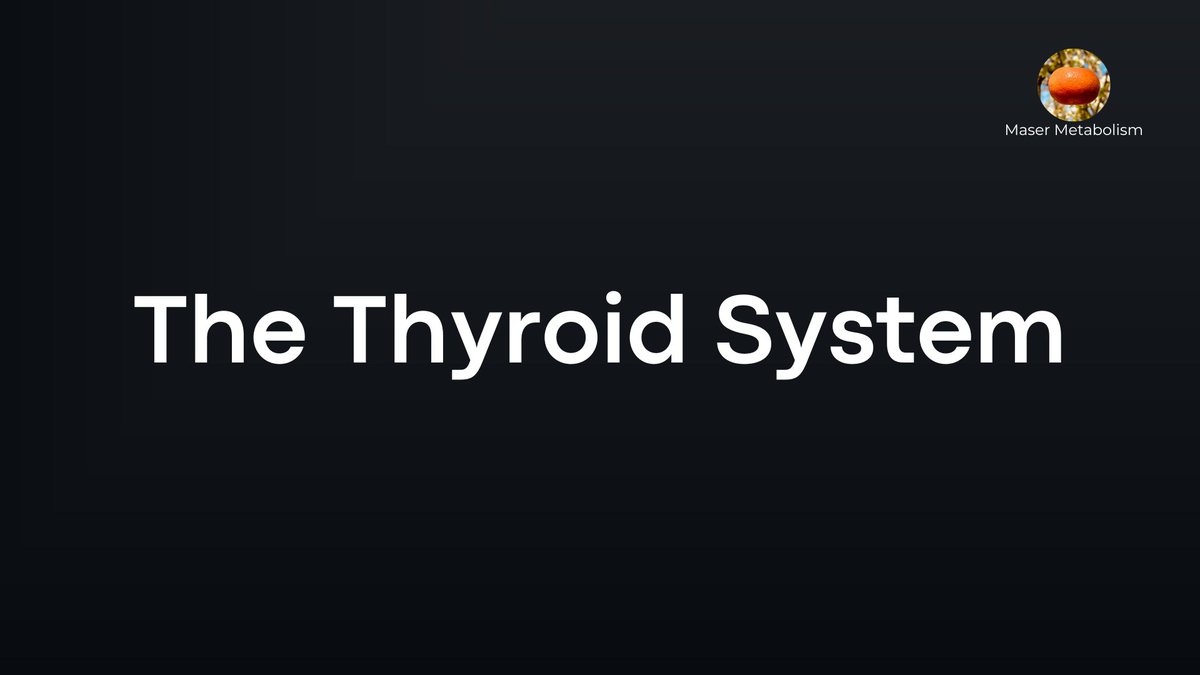
How to get URL link on X (Twitter) App


 Optimize thyroid.
Optimize thyroid.
 Glucose oxidation is reduced in brain regions associated with depression¹.
Glucose oxidation is reduced in brain regions associated with depression¹. 

 A 2010 pilot study showed remarkable results with light therapy.
A 2010 pilot study showed remarkable results with light therapy.
 TSH is the most common thyroid test, and some consider it the gold standard marker of thyroid hormone activity; however, it does not directly test thyroid hormones, and therefore, it should not be relied upon.
TSH is the most common thyroid test, and some consider it the gold standard marker of thyroid hormone activity; however, it does not directly test thyroid hormones, and therefore, it should not be relied upon. 

 The hypothalamus releases TRH.
The hypothalamus releases TRH.


 5-HT2B is a serotonin receptor implicated in migraine.
5-HT2B is a serotonin receptor implicated in migraine.

 Lower Stress:
Lower Stress:


 T3 is the active thyroid hormone. It is what controls metabolism. T4 is only a precursor.
T3 is the active thyroid hormone. It is what controls metabolism. T4 is only a precursor. 
 First, why is selenium important?
First, why is selenium important? https://x.com/lowmegatron/status/18849971309027738412] Thyroid hormone tests.
https://x.com/lowmegatron/status/1897692536606466293

 Eat enough.
Eat enough.https://twitter.com/1744031563187150848/status/1884997190772306390




 "The possibilities first entertained were that the previous diagnosis of diabetes was inaccurate or that spontaneous remission had occurred: neither seemed likely, and the diagnostic dilemma was resolved by the reappearance of sugar in the urine one week after discharge."
"The possibilities first entertained were that the previous diagnosis of diabetes was inaccurate or that spontaneous remission had occurred: neither seemed likely, and the diagnostic dilemma was resolved by the reappearance of sugar in the urine one week after discharge."

 Optimize thyroid.
Optimize thyroid.
 Aspirin (ASA) lowers serotonin.
Aspirin (ASA) lowers serotonin.

 Vitamin D deficiency causes “leaky gut”.
Vitamin D deficiency causes “leaky gut”.
 The most significant histamine reducers are the enzymes DAO and HNMT.
The most significant histamine reducers are the enzymes DAO and HNMT. 

 “Per calorie, sugar is less fattening than starch, partly because it stimulates less insulin, and, when it's used with a good diet, because it increases the activity of thyroid hormone. There are several convenient indicators of the metabolic rate--the daily temperature cycle and pulse rate (the temperature should rise after breakfast), the amount of water lost by evaporation, and the speed of relaxation of muscles (Achilles reflex relaxation).”
“Per calorie, sugar is less fattening than starch, partly because it stimulates less insulin, and, when it's used with a good diet, because it increases the activity of thyroid hormone. There are several convenient indicators of the metabolic rate--the daily temperature cycle and pulse rate (the temperature should rise after breakfast), the amount of water lost by evaporation, and the speed of relaxation of muscles (Achilles reflex relaxation).”

 The tocotrienol form of vitamin E (T3) reduces dermatitis by stabilizing mast cells and decreasing histamine release.
The tocotrienol form of vitamin E (T3) reduces dermatitis by stabilizing mast cells and decreasing histamine release.

 It's best to read the prior threads first. The first thread explains the main mechanisms of thyroid hormone synthesis, transport, conversion, and the final destination of T3. T3 and T4 are thyroid hormones.
It's best to read the prior threads first. The first thread explains the main mechanisms of thyroid hormone synthesis, transport, conversion, and the final destination of T3. T3 and T4 are thyroid hormones. https://twitter.com/1744031563187150848/status/1884997130902773841